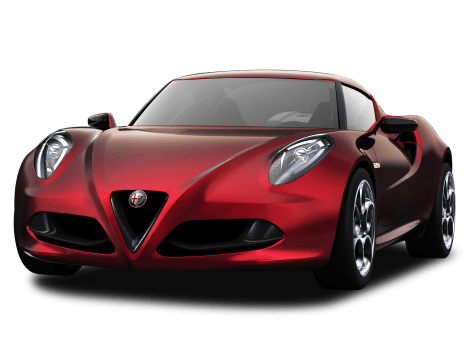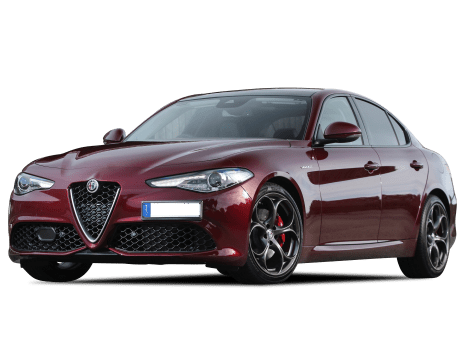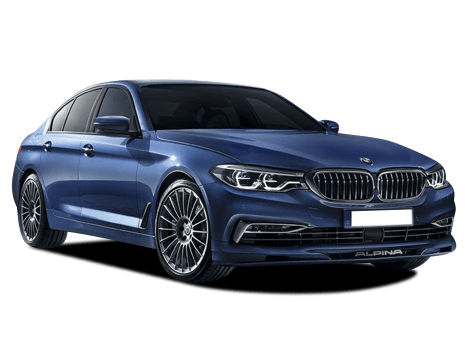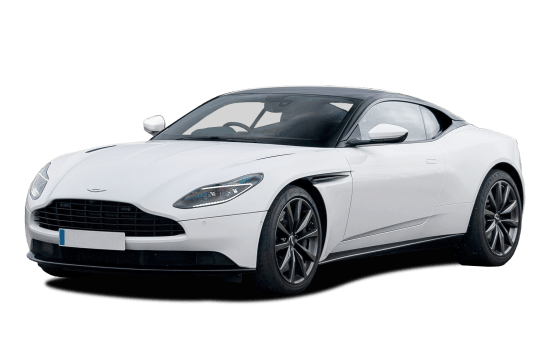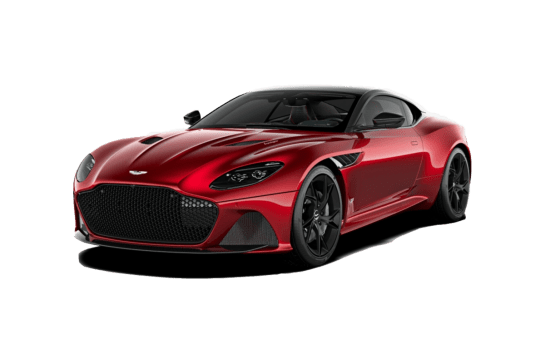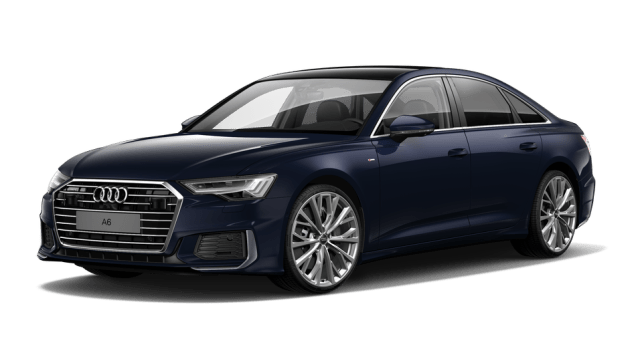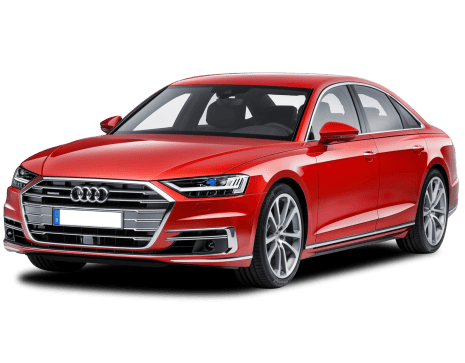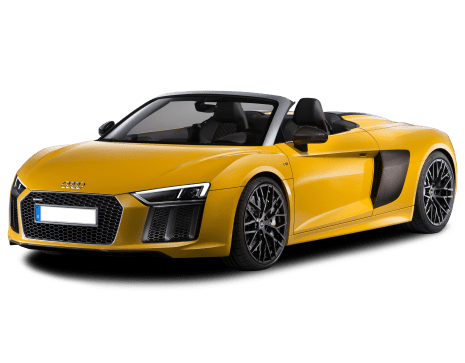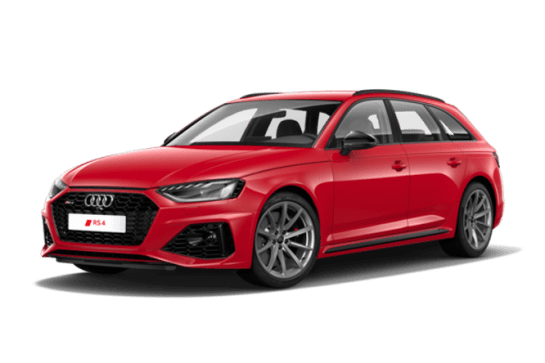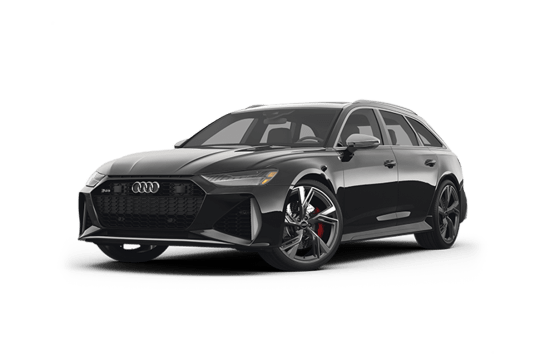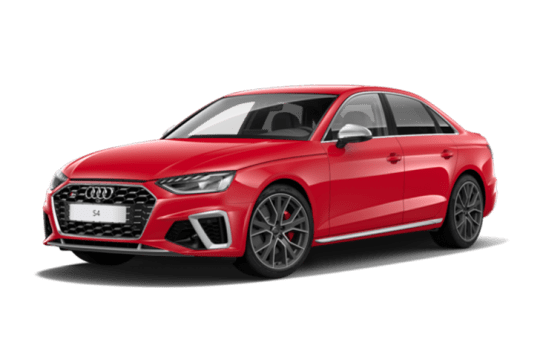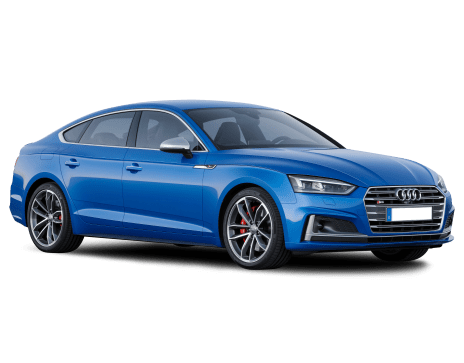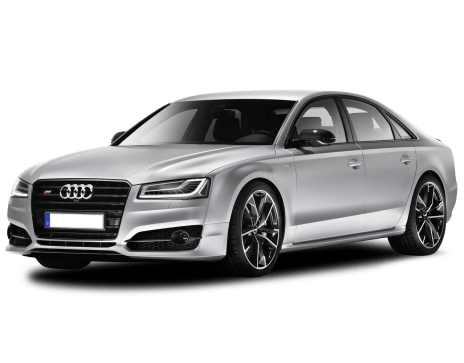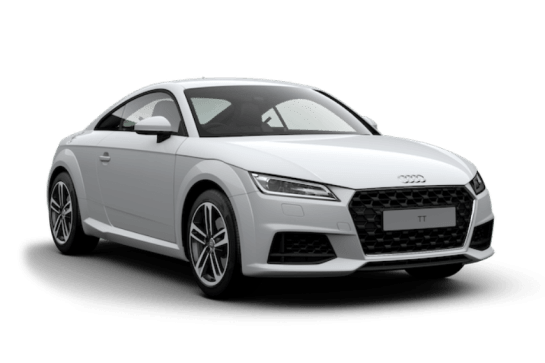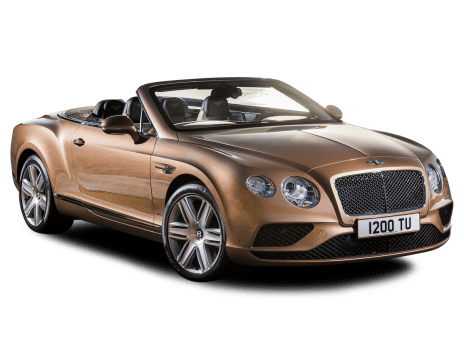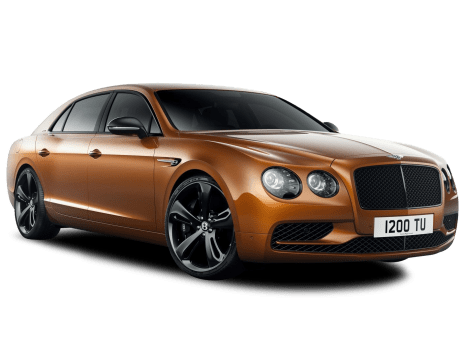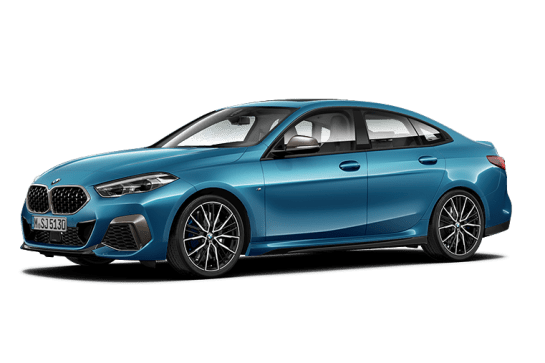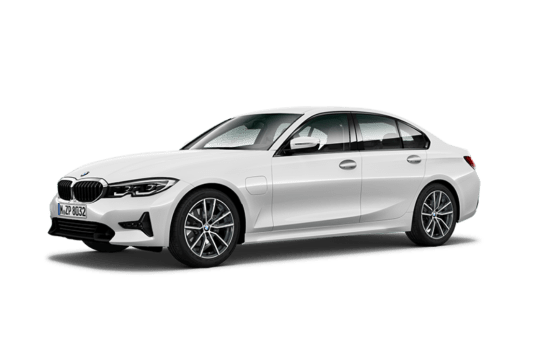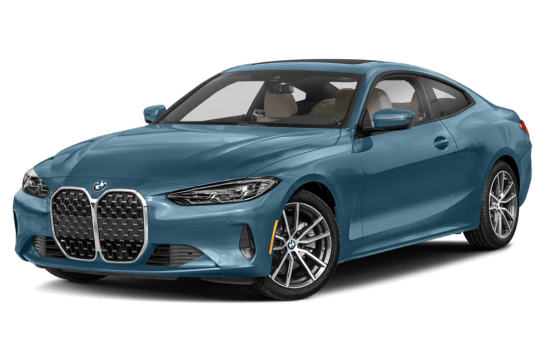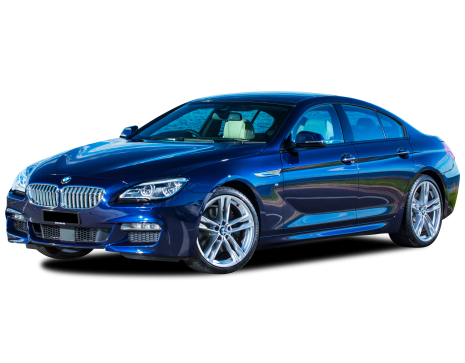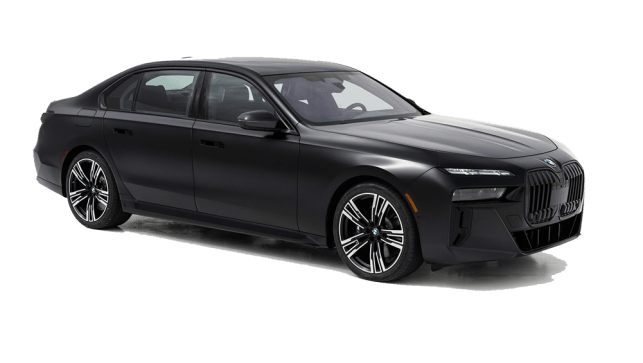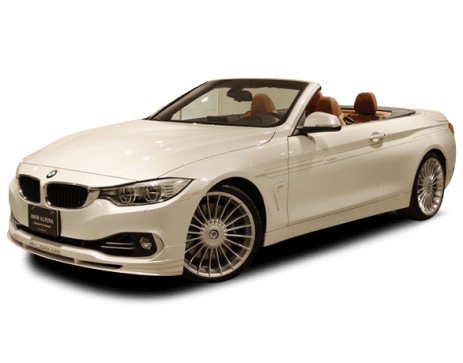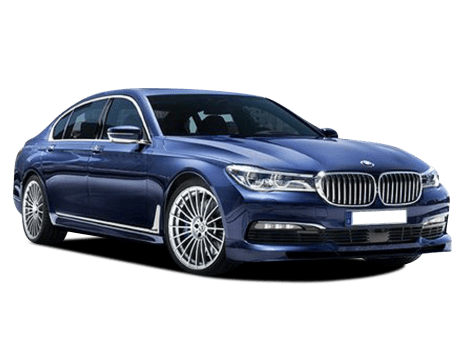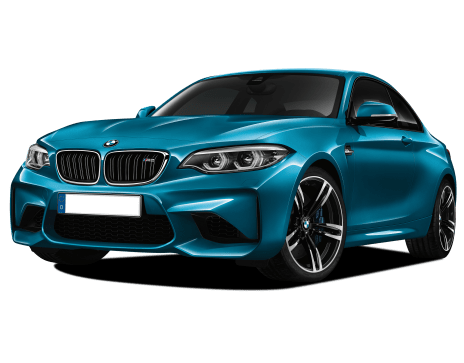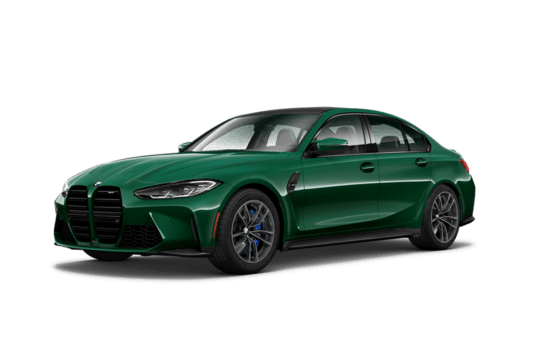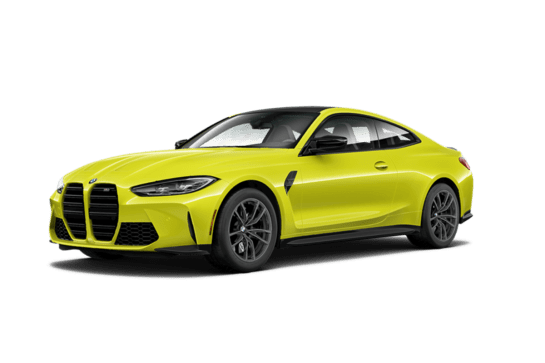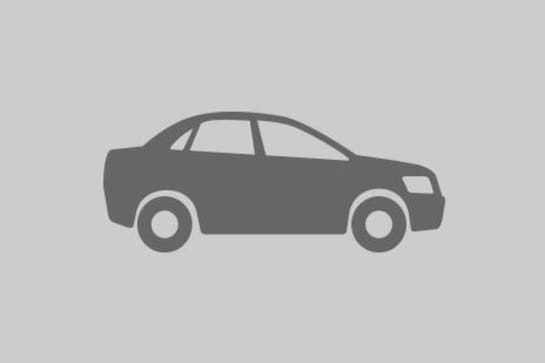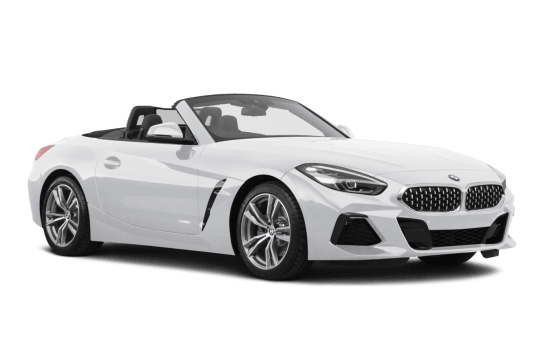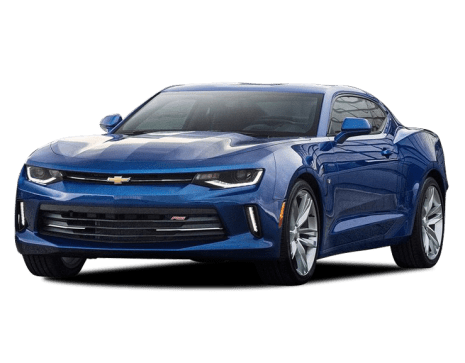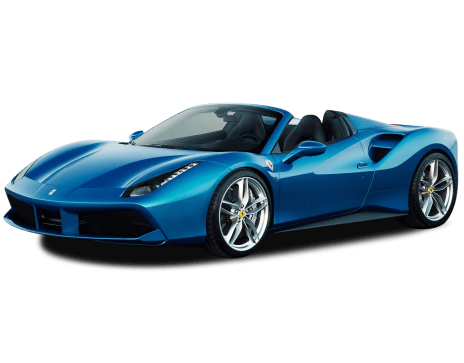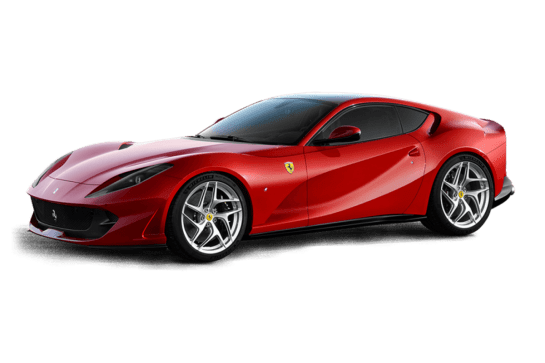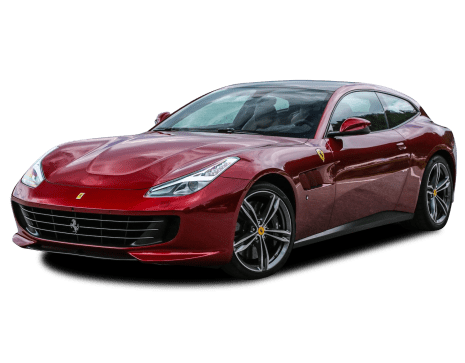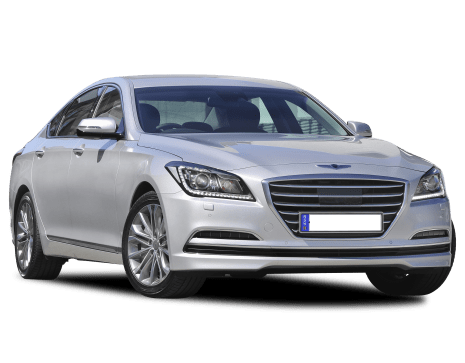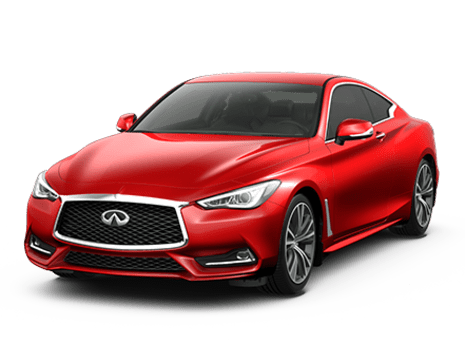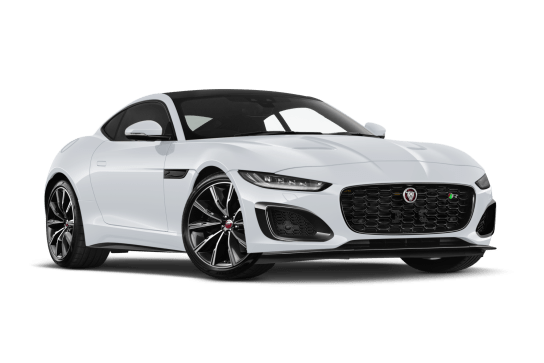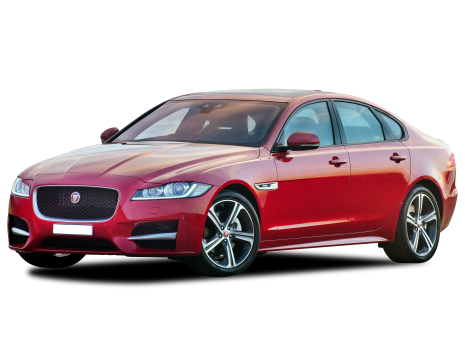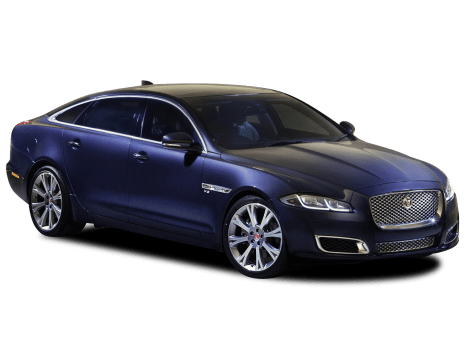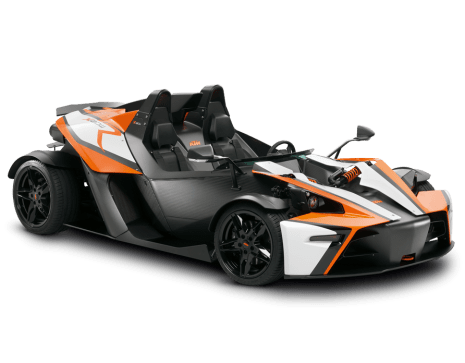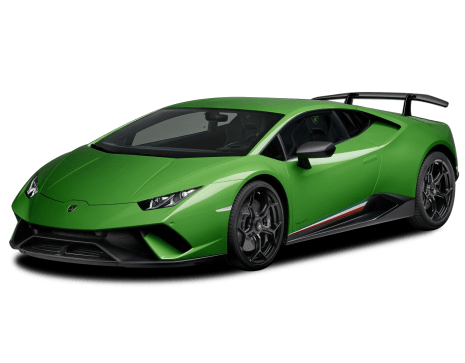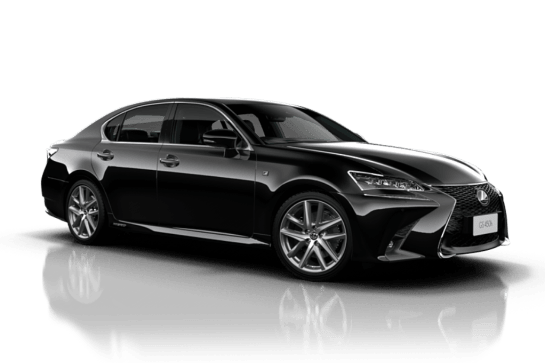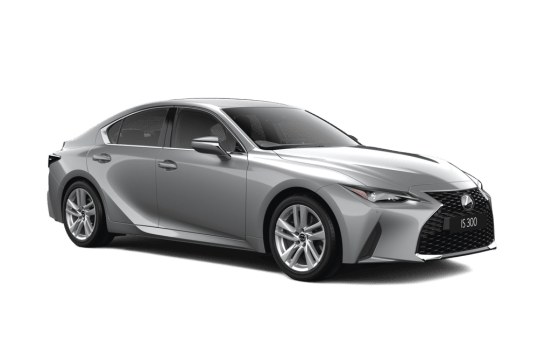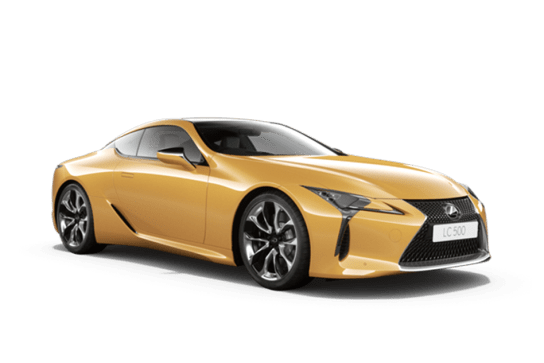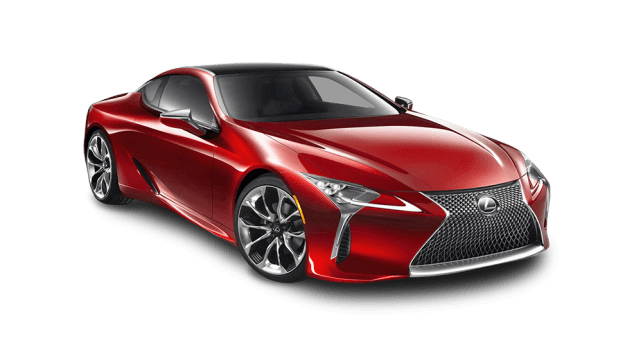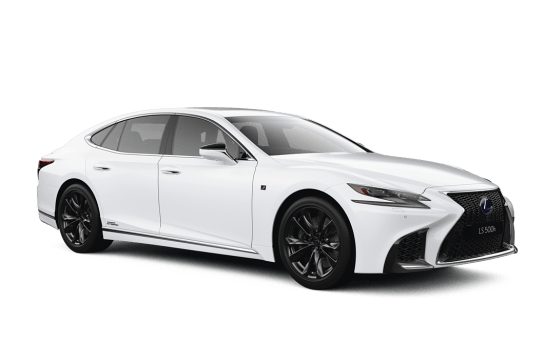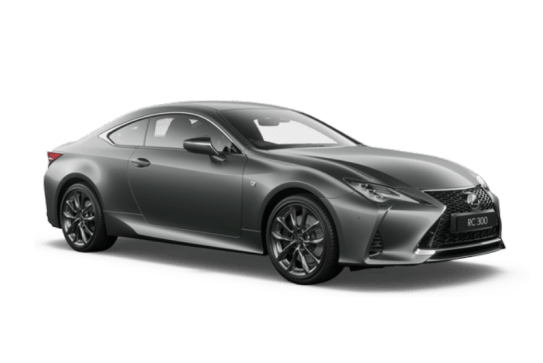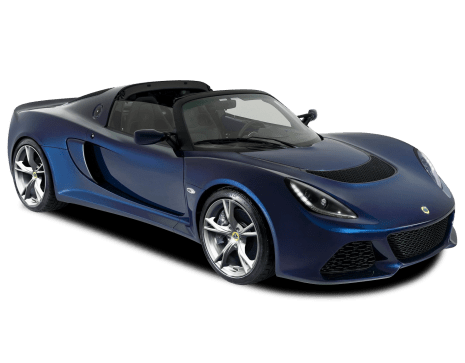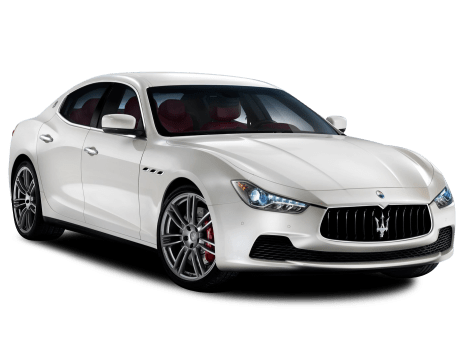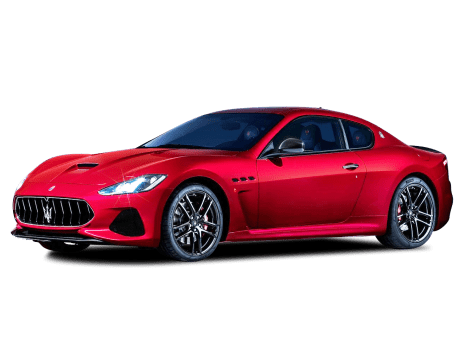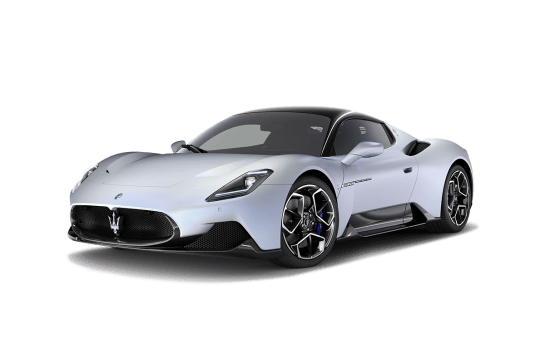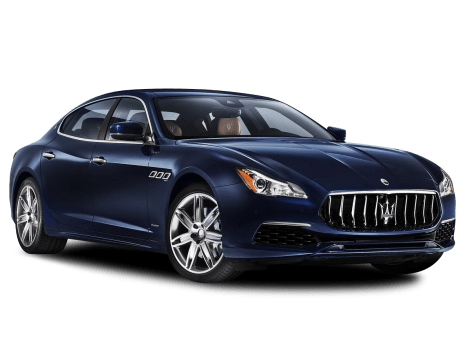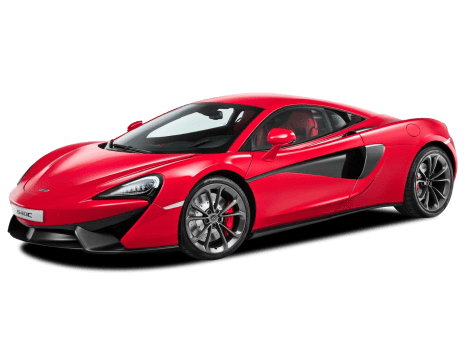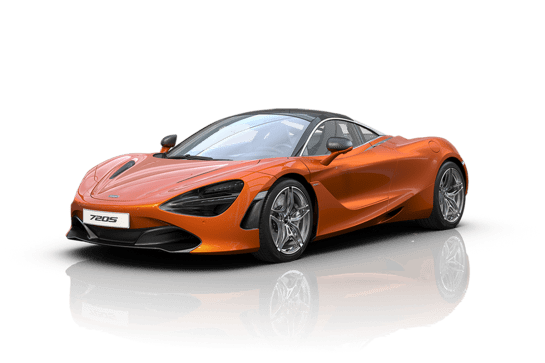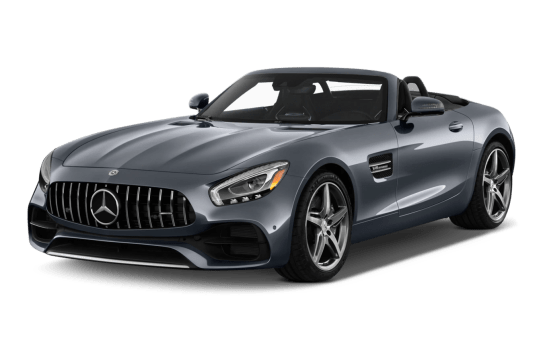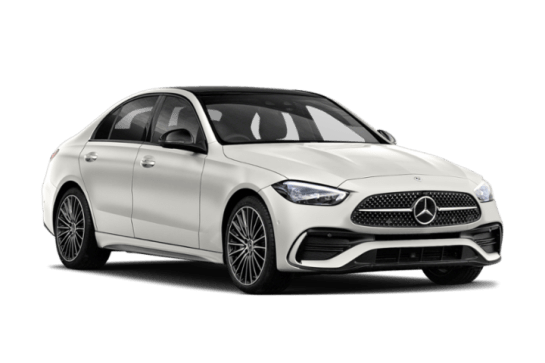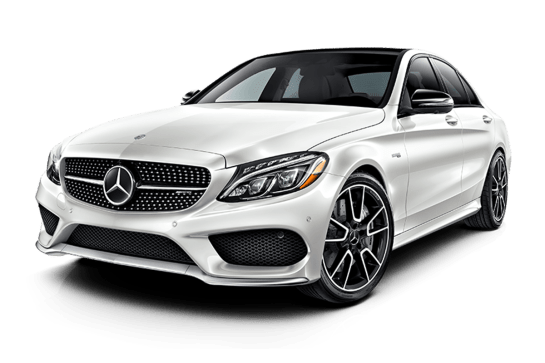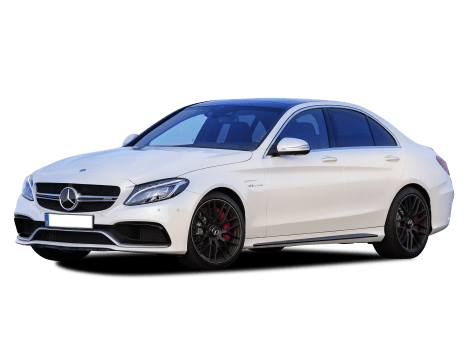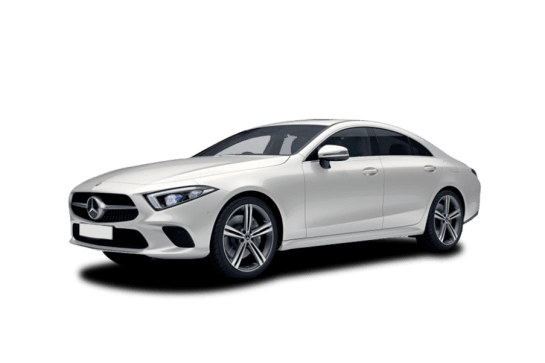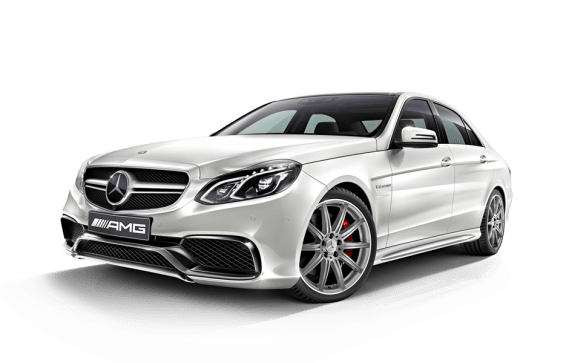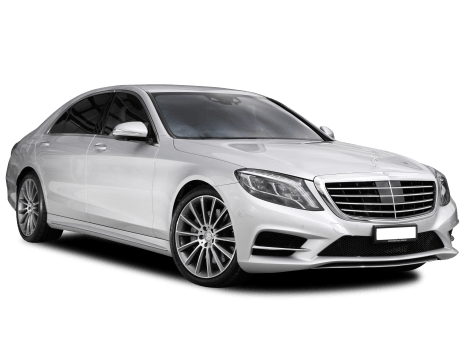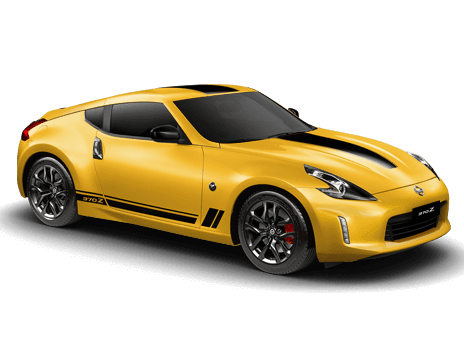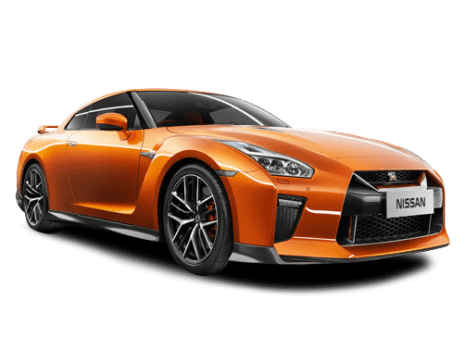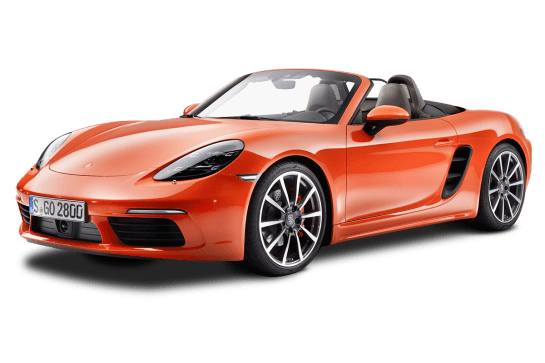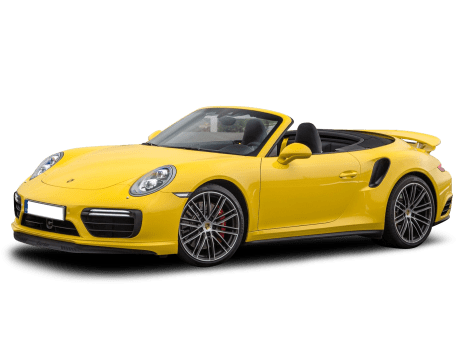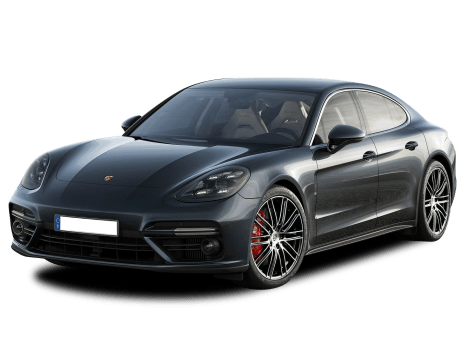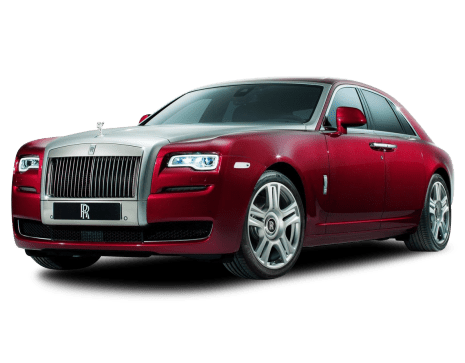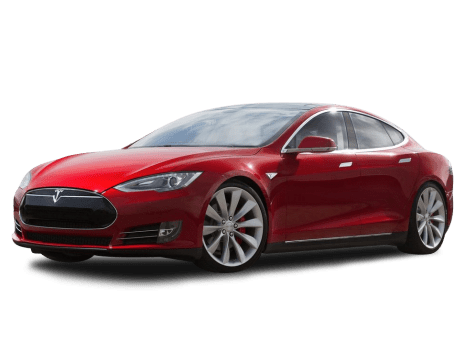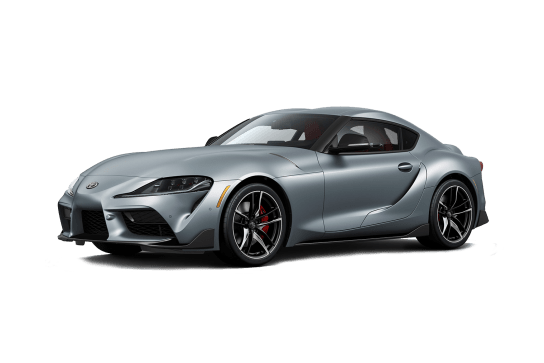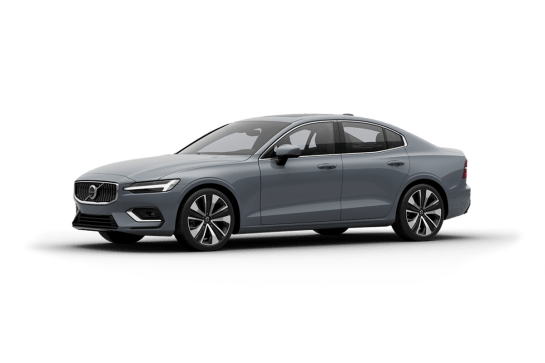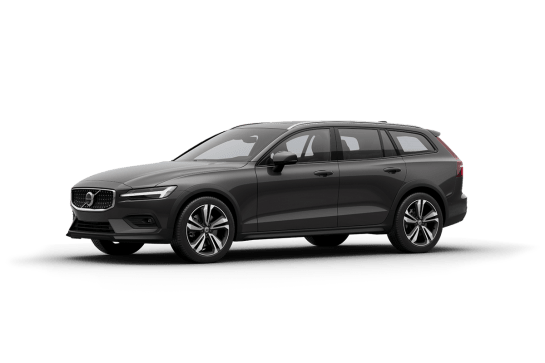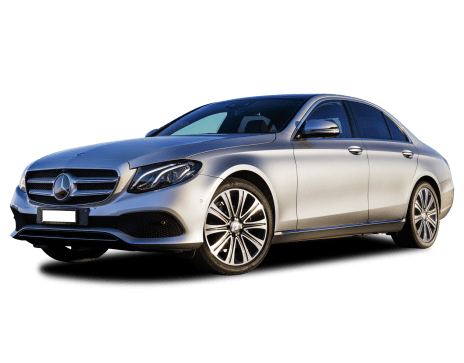
Mercedes-Benz E-Class VS Ferrari 488
Mercedes-Benz E-Class
Likes
- Plenty of kit
- Subtle but stylish
- Cruising comfort
Dislikes
- Only one variant
- Could do with more power
- Price once optioned-up
Ferrari 488
Likes
- Monstrous torque
- Incredible dynamics
- Quality (in every sense of the word)
Dislikes
- Breathtaking option prices
- Some shake on rough surfaces
- Atmo engine noise MIA
Summary
Mercedes-Benz E-Class
It might not be as tribal as Ford vs Holden, but there’s a rivalry between BMW and Mercedes-Benz that occasionally becomes more obvious - the launch of the new Mercedes E-Class only months after the BMW 5 Series being one of those times.
But Mercedes has done something different. Instead of multiple variants and electric cars under the E-Class banner, Australia gets just one, the E300.
Read more about
- Electric backflip: Mercedes-Benz bins plans to develop new platform for electric cars - report
- 2024 Mercedes-Benz CLE Coupe: Australian pricing, model line-up and engine options confirmed for new two-door, four-seat Audi S5 and BMW 430i performance luxury competitor
- Top 10 most expensive Mercedes-Benz cars
Is it enough to tackle the big Bavarian sedan in the sales race? We attended the Australian launch just north of Melbourne to find out.
| Safety rating | |
|---|---|
| Engine Type | 2.0L turbo |
| Fuel Type | — |
| Fuel Efficiency | 2.2L/100km |
| Seating | 5 seats |
Ferrari 488
James Cleary road tests and reviews the new Ferrari 488 Spider with specs, fuel consumption and verdict.
It’s almost inevitable. Tell someone you’re a motoring journo and the first question will be, ‘So, what’s the best car you’ve ever driven?’
Without getting into an esoteric analysis of what the word 'best' actually means in this context, it’s clear people want you to nominate your favourite. The fastest, the fanciest, the car you’ve enjoyed the most; the one that’s delivered a clearly superior experience.
And if I enter the room of mirrors (where you can always take a good hard look at yourself) the answer is clear. From the thousands of cars I’ve had the privilege of sliding my backside into, the best so far is Ferrari’s 458 Italia, an impossibly pure combination of dynamic brilliance, fierce acceleration, howling soundtrack and flawless beauty.
So, the opportunity to steer the open-roof Spider version of its successor, the 488, is a significant one. By rights, the best should be about to get better. But does it?
| Safety rating | |
|---|---|
| Engine Type | 3.9L |
| Fuel Type | Premium Unleaded Petrol |
| Fuel Efficiency | 11.4L/100km |
| Seating | 2 seats |
Verdict
Mercedes-Benz E-Class7.6/10
The E-Class is stacked with kit, looks great, and is an effective and comfortable way to get around in built-up areas or across the countryside.
While it’s not the most dynamically engaging - it’s pipped by its Bavarian rival there - it offers more comfort-oriented features than most, and the cabin is a pleasant place to spend a day driving.
If you're disposed towards stumping up the asking price, the extra outlay for the 'Plus Package' will probably be most relevant to you if you’re covering long distances due to the Airmatic suspension.
Otherwise, even a simple-spec E300 provides a step up from what you might expect from an executive sedan.
Note: CarsGuide attended this event as a guest of the manufacturer, with accommodation and meals provided.
Ferrari 4889/10
The Ferrari 488 Spider is a brilliant machine. It's properly supercar fast, in a straight line and around corners. It looks stunning, and attention to design detail, engineering refinement and overall quality oozes from its every pore.
Is it the best car I’ve ever driven? Close, but not quite. Others may disagree, but for what it’s worth, I think the Ferrari 458 Italia, in all its high-revving, naturally aspirated glory is still the sweetest ride of all.
Is this open-top Italian stallion your dream machine? Tell us what you think in the comments below.
Design
Mercedes-Benz E-Class
Evolution rather than revolution is obvious when it comes to the E-Class’ styling, but that’s in Mercedes’ best interests, because it’s still a good-looking thing, and being a bit subtle is warranted in the executive sedan game.
The biggest changes come in the headlights and tail-lights. Up-front there are now more than one million pixels in the LED headlights, which have adaptive high beam as standard and are more connected to the grille via black trim, as has been seen in EQ electric models.
Underneath, the bumper now features an AMG-style 'A-wing' apron as part of the 'AMG Line' exterior package as standard. A set of 20-inch AMG alloys are also included.
To the rear, and the digital tail-lights feature a Mercedes-Benz star motif, making its lighting signature now more recognisable from behind.
The German Rainbow is well-represented with mostly shades of grey, black, or white available, though 'Verde Silver Metallic' is a slightly retro green, and 'Nautic Blue Metallic' is a subtle and classy tone.
The daring ‘Manufaktur’ shade of 'Patagonia Red Metallic' is a $2500 option, as is 'Opalite White Bright' while 'Alpine Grey Solid' is $2900.
Ferrari 48810/10
Launched in 2015, the 488 is the fourth mid-engine V8 Ferrari based on the aluminium space-frame architecture unveiled with the 360 Modena back in 1999, and unlike its Pininfarina-penned predecessors, was designed in-house at the Ferrari Styling Centre, under the direction of Flavio Manzoni.
The key focus this time around was aero performance, including the additional breathing and cooling needs of the 488’s 3.9-litre twin-turbo V8 (relative to the 458’s 4.5-litre naturally aspirated unit); hence the car’s most obvious visual identifiers - substantial air intakes in each flank.
Measuring 4568mm nose-to-tail, and 1952mm across, the 488 Spider is marginally longer (+41mm) and wider (+15mm) than its 458 equivalent. That said, it’s exactly the same height at just 1211mm tall, and the 2650mm wheelbase is unchanged.
Ferrari is a past master when it comes to sneaky concealment of spectacular aero trickery, and the 488 Spider is no exception.
Upper elements of its F1-inspired double front spoiler direct air to the two radiators, while the larger lower section subtly pulls flow under the car where carefully tuned ‘vortex generators’ and a yawning rear diffuser (incorporating computer-controlled, variable flaps) dial up downforce without a significant drag penalty.
The ‘blown’ rear spoiler manages air from intakes at the base of the rear screen, its specific geometry allowing a more pronounced (concave) profile for the main surface to increase upward deflection and maximise downforce without the need for an oversize or raised wing.
Those side intakes are divided by a central, horizontal flap, with air from the upper section directed to exits over the tail, pushing the low-pressure wake directly behind the car further back to again reduce drag. Air flowing into the lower section is sent to the turbo engine’s air-to-air intercoolers to optimise intake charge. All brilliantly efficient and tastefully incognito.
Putting the engine in the centre of the car and fitting only two seats doesn’t just pay off dynamically, it delivers the perfect platform for visual balance, and Ferrari has done a superb job of evolving its ‘junior supercar’ with a nod to the line’s heritage and an eye on extending its reach.
The tension across its multiple curved and contoured surfaces is beautifully managed, and the Spider’s crouching stance screams power and single-minded purpose.
Inside, while the passenger might be enjoying the ride, the design is all about simplicity and focus for the person with the steering wheel in their hands.
To that end, the slightly angular wheel houses a host of controls and displays including a very red start button, driving mode ‘Manettino’ dial, within-thumb’s-reach buttons for indicators, lights, wipers and ‘bumpy road’ (more on that later), as well as sequential max rpm warning lights across the top of the rim.
The steering wheel, dash, doors and console are (optionally) carbon-rich, with the familiar buttons for Auto, Reverse and Launch Control, now housed in a dramatic arching structure between the seats.
The compact instrument binnacle is dominated by a central rev-counter with digital speedo inside it. Readout screens for on-board info across audio, nav, vehicle settings, and other functions sit either side. The seats are grippy, lightweight, hand-crafted works of art, and the overall feeling inside the cockpit is an amazing mix of cool functionality and special event anticipation.
Practicality
Mercedes-Benz E-Class
Inside, the E-Class should feel familiar to anyone who’s spent time in a recent Benz, though the Superscreen might be the main point of difference. It’s an immediately comfortable place, though, with a relatively visually busy cabin.
The seats and their adjustability mean most drivers and passengers, regardless of height and size, should feel supported (and ideally relaxed), while touch-points are mostly either leather upholstery or digital screens.
The steering wheel, also seen in plenty of other Mercedes models, is a bit of a let-down, however, with its haptic touch pads on a slightly busy two-tier layout. This millennial found it irritating, surely too will the usually older E-Class buyer.
There are a few other small annoyances, one being that the MBUX Assistant sometimes won’t hear a command, or that not everything seems to be able to be controlled by it. The climate control vent positions are electrically adjustable to certain pre-sets through the menu, but the MBUX Assistant isn’t able to do this for you.
And while the driver display and central multimedia screen are fairly user-friendly, it’s not always immediately apparent what the quickest way to find some information or a setting is.
Our test car was fitted with the 'Plus Package', which means four-zone climate control available to the rear seats, which my 180cm-tall self found spacious with plenty of headroom, kneeroom, and even a fair bit of room under the driver’s seat.
Behind the rear seats, there’s a generous 540 litres of boot space, exactly the same capacity as the previous generation E-Class.
Ferrari 4888/10
Okay, so how do you approach practicality in a car that’s so obviously not engaged with the concept?
Best to say there’s cursory consideration in terms of cabin storage, with a modest glovebox, small pockets in the doors, and a pair of piccolo-sized cupholders in the console. There’s also a net and some general oddments space along the bulkhead behind the seats.
But the saving grace is a generous, rectangular boot in the nose, offering 230 litres of easy-to-access load space.
Another attribute fitting broadly under the heading of practicality is the retractable hardtop which smoothly unfolds/retracts in just 14 seconds and operates at speeds up to 40km/h.
Price and features
Mercedes-Benz E-Class
While cross-shopping the E-Class and a BMW 5 Series would normally be relatively easy, the Merc’s $131,500 starting price, before on-road costs, puts it plenty north of the base 520i, the only petrol one available, at $114,900. The electric i5 eDrive40 starts from $155,900, more than $20K over the Mercedes.
But the E-Class is stacked with features as standard, and while there are a couple of option packs, Mercedes Australia has tried to streamline the most popular features and specifications into the E300.
Its $131,500 price gets you a tech-heavy sedan with Merc’s latest 'MBUX' system housed in a visually impressive, if perhaps unnecessary, 'Superscreen' dash.
The dual-screen set-up incorporates a main 14.4-inch central multimedia touchscreen and a 12.3-inch display for the passenger, allowing the driver to keep, for example, a map visible while a passenger sorts out media or comfort settings.
The system is also designed to avoid taking users through sub-menus, though can be bypassed by wireless Android Auto or Apple CarPlay.
It also features a selfie camera mounted to the dash, which is disabled for the Australian market at present. Mercedes-Benz Australia hopes to change this soon.
Mercedes also plans to allow the MBUX system to learn what settings and functions will be most useful to the driver under certain conditions, but currently users are able to manually create so-called ‘Routines’ such as setting the climate control and seats to warm up if it’s below a certain temperature, and can even adjust the ambient lighting to a warmer colour.
More automation comes in the brand’s MBUX ‘Hey Mercedes’ system, which can now respond to commands without the driver needing to say “Hey Mercedes”.
Heated and vented front seats, leather upholstery, wireless phone charging, and a 17-speaker Burmester sound system with Dolby Atmos 4D sound are also standard - the latter being a clever feature that positions different elements of the audio, usually music, to give a 360-degree feeling, as well as turning bassier tones into a physical vibration via “tactile transducers” in each front seat’s backrest. Good for bassline junkies, then (apologies to Mr. Rascal).
With the $9400 'Plus Package', the E-Class also comes with 'Airmatic' suspension and rear-axle steering (which I’ll touch more on later), power-closing doors, 'Urban Guard' to monitor your vehicle while it’s parked, an illuminated grille up front, a more capable version of the MBUX 'Interior Assistant', four-zone climate control and Mercedes’ 'Digital Light' function, which uses the more-than one-million pixels in the headlights to project onto the road or surface in front of you when turning the car off or in driving situations to alert road users of potential danger.
A $6200 'Energising Package' adds multicontour front seats with comfort headrests, upgraded climate controls with 'Air-Balance' and fragrances, upgraded seat heating with armrest heating for the front occupants and heated seats for the rear.
Ferrari 4889/10
Let’s get the big number out of the way. The Ferrari 488 Spider costs $526,888 before on-road costs.
Included in that not inconsequential figure is the ‘E-Diff3’ electronically-controlled differential, ‘F1-Trac’ traction control, ASR & CST, ABS, an anti-theft system, carbon-ceramic brakes, Magnaride shock absorbers, dual-zone climate control, racy leather seats, bi-xenon headlights with LED running lights and indicators, keyless start, Harman multimedia (including 12-speaker, 1280-watt JBL audio), 20-inch alloy rims, tyre pressure and temperature monitoring, and… a car cover.
But that’s just the starting point. Any self-respecting Ferrari owner will need to put a personal stamp on their new toy and the prancing horse is happy to oblige.
If you want an exterior colour to match your favourite polo pony’s eyes, no problem, the Ferrari Tailor-Made program will do whatever it takes. But even the standard options list (if that makes sense) offers more than enough scope to make an already spectacular four-wheel statement even more distinctive.
Our test car featured six new Mazda3’s worth of extras. That’s just under $130k, with the highlights being more than 25 grand in exterior carbon-fibre, $22k for the special, two layer, iridescent effect ‘Blue Corsa’ paint, over $10k for chrome painted forged rims, and $6790 for Apple CarPlay (standard on the Hyundai Accent).
But you’ve got to remember an inverse logic applies here. While some may see $3000 for cavallino rampante shields on the front wings as somewhat pricey, to a proud Ferrari owner they’re badges of honour. In the yacht club carpark, showing off their latest acquisition, you can script the satisfied boast - ‘That’s right. Two grand. Just for the floor mats!’
Under the bonnet
Mercedes-Benz E-Class
This lone E-Class variant is powered by a turbocharged 2.0-litre engine pumping out 190kW and 400Nm, assisted by a 48-volt battery system. Under EQ boost, an extra 17kW and 205Nm is available for a short time.
It’s hooked up to a nine-speed auto that drives the rear wheels, and it’s all pretty traditional… for 2024, that is.
Mercedes says the E300 is able to hit 100km/h in a respectable 6.3 seconds.
Ferrari 48810/10
The 488 Spider is powered by an all-alloy, mid-mounted 3.9-litre, twin-turbo V8, featuring variable valve timing and dry sump lubrication. Claimed outputs are 492kW at 80000rpm and 760Nm at a usefully low 3000rpm. Transmission is a seven-speed 'F1' dual clutch driving the rear wheels only.
Efficiency
Mercedes-Benz E-Class
Mercedes claims the E-Class drinks 7.2L/100km on the combined cycle, and though we weren’t able to test that properly at the pump on the launch program, the trip computer showed up to 9.4L/100km after some quite spirited driving, which gradually averaged out to about 8.6L/100km in the afternoon once some more calm, E-Class-appropriate distance had been covered.
With its 50L fuel tank, the E-Class should theoretically be able to cover 694km on a single tank if the 7.2L/100km is achieved, though realistically it would be much less, 550-600km depending on driving style.
Ferrari 4888/10
Ferrari claims the 488 GTS will consume 11.4L/100km for the combined (ADR 81/02 - urban, extra-urban) cycle, emitting 260g/km of CO2 in the process. Not bad for such a monumental engine. You’ll need 78 litres of premium unleaded to fill the tank.
Driving
Mercedes-Benz E-Class
While the E-Class has taken fairly sizeable steps in terms of its tech, it remains a fairly traditional car from behind the wheel, save for a few small changes like its mild-hybrid system and rear-wheel steering.
It’s still a petrol-powered rear-drive sedan, and it feels built more for eating up highway kilometres than it does tackling twisty turns. But that’s okay, because it will still do the latter.
Comfort is the main focus, clearly, for the E300, and the big Merc does it well. We weren’t offered a car without Airmatic air suspension on the launch, but the E-Class doesn’t seem like it would be particularly rough without it.
With it, however, large bumps and minor road annoyances only make their way into the cabin in the sense that you’re aware of them, but not bothered by them.
That slight dulling of feedback does extend to the steering wheel however, where, despite the rear-wheel steering making the car more nimble, the feedback to the driver is less encouraging of eager driving.
While 190kW on paper doesn’t seem like enough, the E-Class makes do with its meagre engine quite well - and even though it can seem like it’s working a bit too hard at times, the E-Class’ natural state isn’t responding to a planted foot, so it’s unlikely to be a daily bother.
Engine noise, as well as wind and road noise are suitably dulled by the E300’s NVH fitout, too.
The tuning of its drive modes, in particular Comfort and Sport, seemed well-judged on our drive loop, with the option to set the 'Individual' mode to a custom configuration, most elements in Comfort while the drivetrain is set to Sport is particularly helpful when on gentle, high-speed country roads.
If you do start to approach the limits of the big sedan’s capability, it’ll let you know fairly early on. The heavy E-Class isn’t prone to sudden lurching or poor handling, and isn’t much phased by mid-corner bumps.
It’s not as dynamically engaging as some rivals, particularly the 5 Series, but it does appear to be a better provider of cross-country comfort.
Ferrari 48810/10
We had the rare opportunity of driving the 488 Spider on road and track with Ferrari Australasia handing us the keys for a rural run from Sydney to Bathurst, followed by some private bonding time on the roads around town, then a batch of unrestricted hot laps on the Mount Panorama circuit in the lead up to this year’s 12 Hour race (which the scuderia won in emphatic style with the 488 GT3).
On the freeway, cruising at 110km/h with roof open, the 488 Spider is civilised and comfortable. In fact, Ferrari claims normal conversation at speeds over 200km/h isn’t a problem. Top tip (no pun intended) is to keep the side glass and small electric rear window raised to minimise turbulence. With the roof up, the 488 Spider is every bit as quiet and refined at the fixed roof GTB.
Even with the multi-mode Manettino in its regular ‘Sport’ setting and the seven-speed ‘F1’ dual-clutch gearbox in auto, all it takes is a gentle crank of the right ankle to despatch pesky road users with the temerity to impede the 488’s progress.
On the quiet, open and twisting roads around the outskirts of Bathurst we may have flicked the switch to ‘Race’, slipped the gearbox into manual and given the 488 Spider a nudge. In some sweeping corners on Mount Panorama we might have even tested Einstein’s theory that matter bends the fabric of space and time. In short, we were able to get a good feel for the car’s dynamic abilities, and they are monumental.
Relative to the 458, power is up a lazy 17 per cent (492 v 418kW), and turbo-fed torque leaps a staggering 41 per cent (760 v 540Nm), while kerb weight is trimmed by 10kg (1525 v 1535kg).
The result is 0-100km/h in 3.0 seconds (-0.4sec), 0-400m in 10.5 (-0.9sec), and a maximum velocity of 325km/h (+5km/h).
If you must know, given fuel efficiency and emissions performance was the key driver behind Ferrari’s move to a turbo powerplant, all this is balanced by claimed 11.4L/100km combined economy (down from 11.8 for the 458).
A full blown launch in this car is like lighting the wick on an Atlas rocket, with a seemingly never-ending surge of thrust pinning your back to the seat, and each pull of the column-mounted carbon gear paddle delivering a seamless and near instantaneous shift. Ferrari claims the 488’seven-speed ‘box shifts up 30 per cent quicker, and down 40 per cent faster than the 458’s.
The lofty summit of the twin turbo’s torque mountain arrives at just 3000rpm, and once you’re up there it’s a table top rather than a peak, with more than 700Nm still on call at close to 7000rpm.
Maximum power arrives at 8000 (perilously close to the V8’s 8200rpm rev ceiling), and the delivery of all this brute force is impressively refined and linear. To improve throttle response, the compact turbos incorporate ball-bearing-mounted shafts (rather than the more common sleeve bearing type), while the compressor wheels are made from TiAl, a low-density titanium-aluminium alloy. As a result, turbo lag simply isn’t in the 488’s vocabulary.
And what about the sound? On its way to 9000rpm the 458 Italia atmo V8’s rising fortissimo howl is one of the world’s greatest mechanical symphonies.
Maranello’s exhaust engineers allegedly spent years fine-tuning the 488’s aural output, developing equal length tubes in the manifold to optimise harmonics before gas flow reaches the turbos, to get as close as possible to the high-pitch wail of a naturally aspirated Ferrari V8.
All we can say is the 488’s sound is amazing, immediately turning heads on contact... but it ain’t no 458.
Using the 488 Spider’s incredible dynamic ability to translate forward momentum into lateral g’s is one of life great pleasures.
Supporting the double wishbone front and multi-link rear suspension set-up is a host of high-tech widgets including the tricky E-Diff3, F1-Trac (stability control), High-Performance ABS with Ferrari Pre-Fill, FrS SCM-E (magnetorheological shock absorbers), and SSC (side-slip control).
Combine that with the active aero quietly turning the car into a four-wheel suction cup, plus ultra-high performance Pirelli P Zero rubber, and you have amazing grip (the front end especially, is incredible), perfect balance and stunning corner speed.
Our Mount Panorama blat confirmed the 488 Spider remains poised and throttle steerable through corners and curves at ludicrous speeds.
Chasing gears into the top of the ‘box up mountain straight made the lights on the upper rim of the steering wheel look like a fireworks display. The Spider transmitted its every move across the top of the circuit through the lightweight seat, and the very fast blast into The Chase at the bottom of Conrod Straight was other-worldly. Set the car up on entry, keep squeezing the throttle, grease in just a fraction of steering lock, and it just blazes through like a high-speed hovercraft, at 250km/h-plus.
More time back outside Bathurst confirms feel from the electro-hydraulic rack and pinion steering is brilliant in the real world, although we did notice the column and wheel shaking in our hands over bumpy backroads.
The quick fix there is a flick of the ‘bumpy road’ button on the steering wheel. First seen on the 430 Scuderia (after then Ferrari F1 hero Michael Schumacher pushed for its development), the system de-links the shock absorbers from the Manettino setting, providing extra suspension compliance without sacrificing engine and transmission response. Brilliant.
Stopping power comes courtesy of a ‘Brembo Extreme Design’ system derived from the LaFerrari hypercar, which means standard carbon-ceramic rotors (398mm front, 360mm rear) clamped by massive calipers - six piston front, four piston rear (our car’s were black, for $2700, thank you). After multiple stops from warp speed to walking pace on the circuit they remained firm, progressive, and hugely effective.
Safety
Mercedes-Benz E-Class
ANCAP hasn’t had a go at crash-testing the E-Class yet, and it might not given the relatively small number that will be sold here compared to volume models, but Mercedes’ track record with safety is pretty stellar, and it’s extremely rare for a Mercedes to not cop the maximum five stars.
In the new E300 there are 11 airbags - plenty for a sedan. Mercedes lists front airbags, knee bags and pelvic/thorax airbags for the driver and front passenger, side bags for the rear and a front centre airbag.
It also comes with a fairly extensive suite of safety tech, including the usual ABS, lane-keep assist, blind spot monitoring and surround-view parking cameras.
But on top of that, there’s also ‘Evasive Steering Assist’, semi-automated cruise control with sign recognition, distance assist for following leading vehicles and can even project light arrows onto the road if leaving your lane, when 'Digital Lights' are optioned.
The E-Class also has a function if an imminent collision is detected in which it can, depending on the type of collision, take occupant protection measures. In the case of a side-on collision, the E-Class can “move an affected front occupant towards the centre of the car” before impact.
Ferrari 4888/10
In terms of active safety the various driver aids mentioned above do their part to avoid a crash, and if the worst comes to worst dual front and side airbags are in place.
The 488 Spider has not been rated for safety performance by ANCAP.
Ownership
Mercedes-Benz E-Class
The E-Class comes with Mercedes’ fairly industry standard five-year, unlimited kilometre warranty, though Mercedes-Benz Australia was unable to confirm exact servicing pricing on the launch.
It does however list pricing for the E-Class on its website for a three-service pack at $3325, four at $4535, and five at $6800, the latter averaging out to $1360 each.
This could increase with the new generation car, and Mercedes doesn’t list estimated serving pricing for new E-Classes yet in its booking system (I checked with one of the test cars).
Servicing intervals are every 12 months or 25,000km, whichever comes first.
Ferrari 4889/10
The Ferrari 488 Spider is covered by a three year/unlimited km warranty, and purchase of any new Ferrari via the authorized Australian dealer network includes complimentary scheduled maintenance, through the ‘Ferrari Genuine Maintenance’ program for the first seven years of the vehicle’s life.
Recommended maintenance intervals are 20,000km or 12 months (the latter with no km restrictions).
Genuine Maintenance attaches to the individual vehicle, and extends to any subsequent owner within the seven years. It covers labour, original parts, engine oil and brake fluid.
